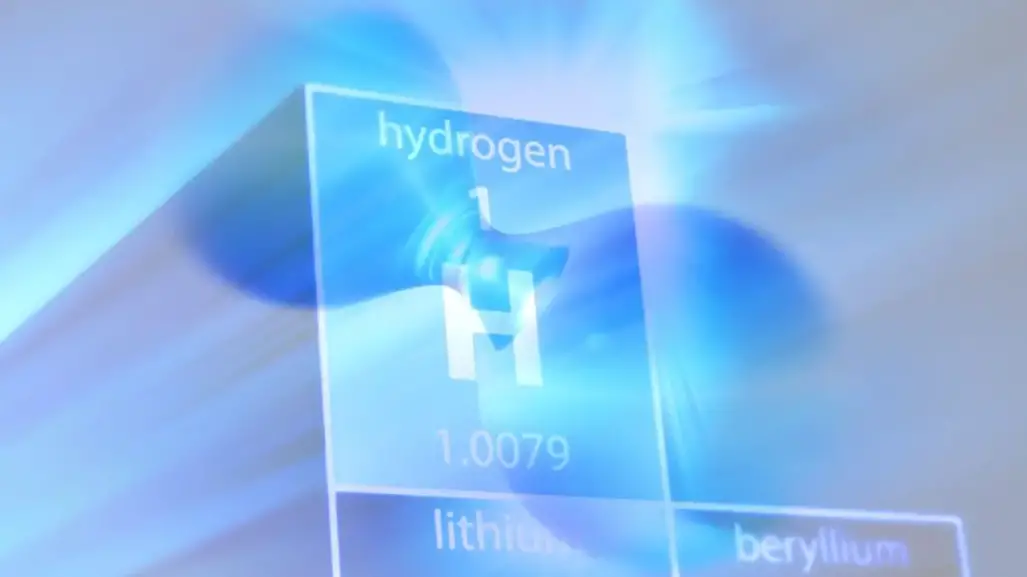About High-Entropy Alloys
Catalyst Development Process
- The CeNS researchers created the PtPdCoNiMn HEA catalyst using two distinct methods – electrodeposition and solvothermal synthesis.
- The electrodeposition method was optimised for solvent choice and deposition potential, allowing for precise control over the alloy formation.
- The solvothermal method involved careful selection of solvents and reducing agents to fine-tune the reaction and synthesis process.
Performance and Efficiency
- The PtPdCoNiMn catalyst showed remarkable efficiency in hydrogen production.
- It utilised seven times less platinum compared to conventional catalysts while maintaining superior catalytic performance.
- The optimal binding of reaction intermediates on the catalyst surface contributed to its effectiveness.
- This HEA has demonstrated high durability and stability, operating efficiently even in alkaline seawater environments for over 100 hours.
Practical Applications and Impact
This breakthrough in HEA development could revolutionise hydrogen production, making it cleaner and more affordable. The ability to use less expensive materials without compromising efficiency presents advantage for industries reliant on hydrogen. The research contributes to the broader goal of advancing renewable energy technologies and reducing reliance on fossil fuels.
Funding and Publication
The research was supported by India’s Anusandhan National Research Foundation (ANRF), which is administered by the Department of Science and Technology (DST). Findings from this research were published in reputable journals, including Advanced Functional Materials and Small, further validating the significance of this work within the scientific community.
website: popularscientist.com
#HighEntropyAlloys
#HEAs
#MaterialScience
#Metallurgy
#HydrogenEnergy
#HydrogenProduction
#GreenHydrogen
#H2Production
#CleanEnergy
#EnergyInnovation
#NanoMaterials
#Catalysis
#SustainableTech





No comments:
Post a Comment